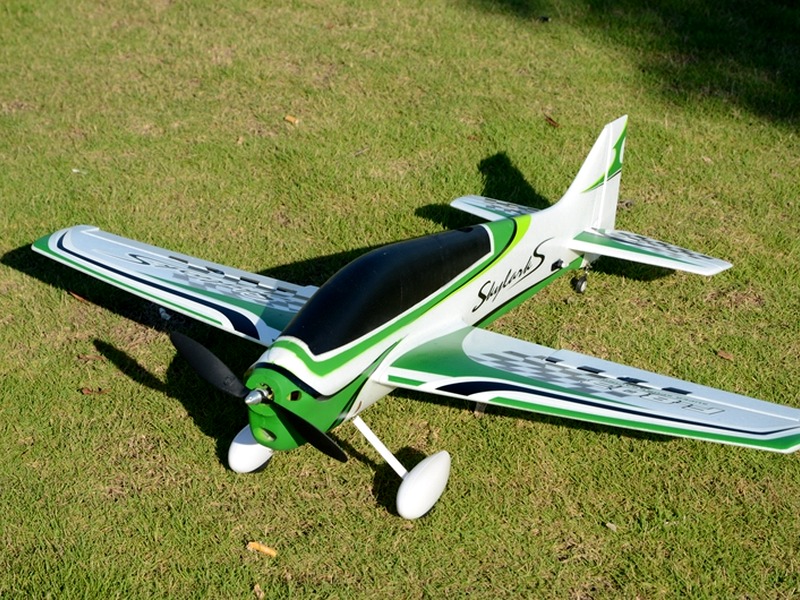What fuel do RC jets use?

RC jets are powered by a type of fuel known as Jet-A fuel, which is a type of aviation turbine fuel. Jet-A fuel is a kerosene-based fuel that is used in most commercial and military aircraft. It is a refined form of kerosene, which has been treated to reduce its sulfur and aromatics content. Jet-A fuel is also known as Jet-A1, Jet-A2, JP-8, and JP-5.
Jet-A fuel has a higher flash point than gasoline and is more stable than other aviation fuels. This makes it safer to use in aircraft, as it is less likely to ignite in the event of a crash or other accident. Jet-A fuel is also less volatile than other aviation fuels, which helps reduce the risk of fire or explosion.
Jet-A fuel is widely available at airports and is relatively inexpensive compared to other aviation fuels. It is also relatively easy to store and transport, as it does not require special handling or storage requirements.
The main advantage of Jet-A fuel is its high energy density. This means that it has a higher energy content per unit of mass than other aviation fuels, which allows for more efficient operation of aircraft. Jet-A fuel also has a higher octane rating than other aviation fuels, which helps to reduce engine wear and tear.
Jet-A fuel is also relatively non-toxic and non-corrosive, which makes it safer to use in aircraft. It is also relatively clean burning, which helps reduce air pollution.
In order to use Jet-A fuel in an RC jet, the engine must be designed to operate on Jet-A fuel. Most RC jet engines are designed to run on Jet-A fuel, but some engines may require modifications in order to run on Jet-A fuel.
In addition to Jet-A fuel, some RC jet engines may also be able to run on other types of aviation fuel, such as Jet-B fuel or Jet-C fuel. Jet-B fuel is a higher-grade fuel that is more expensive than Jet-A fuel, but provides better performance. Jet-C fuel is a lower-grade fuel that is cheaper than Jet-A fuel, but provides lower performance.
In summary, RC jets use Jet-A fuel, which is a kerosene-based aviation turbine fuel. Jet-A fuel is widely available, relatively inexpensive, and has a high energy density. It is also relatively non-toxic and non-corrosive, and is relatively clean burning. In order to use Jet-A fuel in an RC jet, the engine must be designed to operate on Jet-A fuel. Some engines may also be able to run on other types of aviation fuel, such as Jet-B fuel or Jet-C fuel.
Comments / Question
2. Wear protective clothing, such as safety glasses and gloves.
3. Make sure the fuel is compatible with the jet.
4. Make sure the fuel tank is completely empty before refueling.
5. Make sure the fuel tank is completely sealed before refueling.
6. Make sure the fuel tank is properly secured before refueling.
7. Make sure the fuel tank is not overfilled.
8. Make sure the fuel tank is not leaking.
9. Make sure the fuel tank is not exposed to direct sunlight.
10. Make sure the fuel tank is not exposed to any open flames or sparks.
- Jet fuel is easier to access than other fuels, as it is widely available and easily purchased.
- Jet fuel is relatively inexpensive compared to other fuels.
- Jet fuel has a higher energy density and a higher octane rating than other fuels, allowing for higher power output from the engine.
- Jet fuel is generally cleaner burning than other fuels, reducing engine wear and emissions.
Disadvantages:
- Jet fuel can be more difficult to handle due to its higher volatility and flammability.
- Jet fuel requires more maintenance than other fuels, as it needs to be mixed with a lubricant to prevent engine wear and tear.
- Jet fuel can be more expensive than other fuels, depending on the market price.
- Jet fuel has a shorter shelf life than other fuels, making storage and long-term use more challenging.

